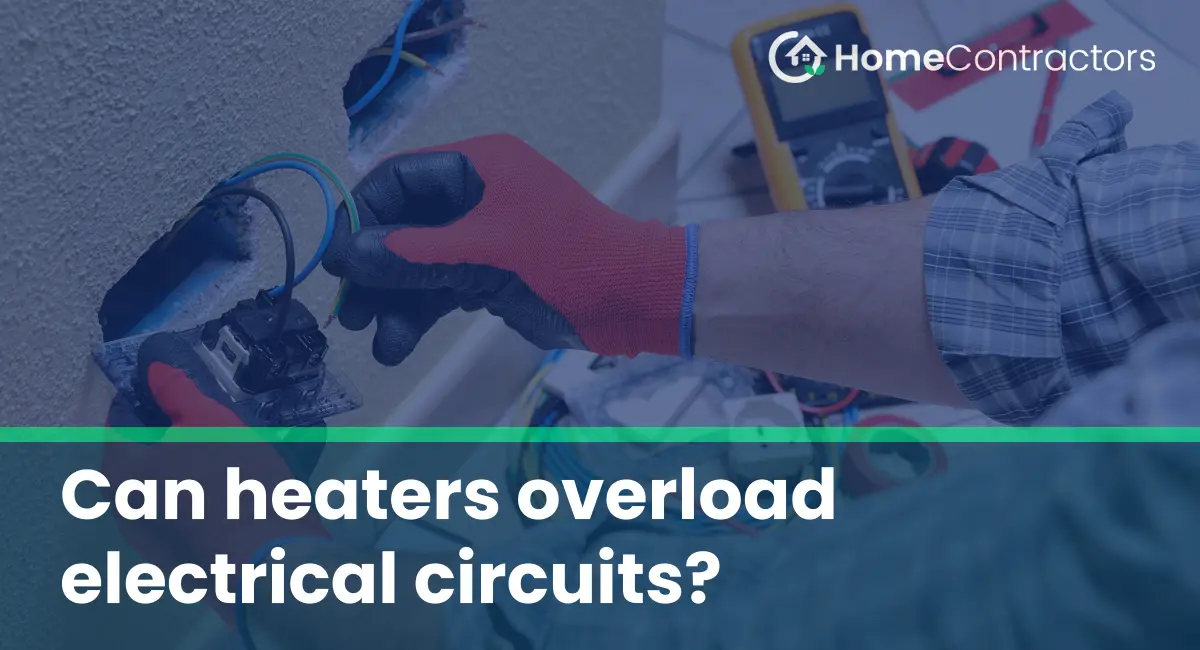When the weather gets cold, many people turn to space heaters to keep their homes warm and cozy. However, it is vital to ensure that these heating devices do not overload electrical circuits. Overloaded circuits can not only cause power outages but also pose fire hazards. In this article, we will explore whether heaters can overload electrical circuits and discuss some practical safety tips to prevent any potential hazards.
Understanding Electrical Circuits
Before delving into the specifics of overloading circuits with heaters, it is essential to understand how electrical circuits work. An electrical circuit consists of a power source, such as a breaker panel or fuse box, which distributes electricity to various outlets and devices within a building. Each circuit has a specific amp rating, which determines the maximum amount of current it can safely handle.
Heater Power Requirements
Heaters are known to consume a significant amount of electricity. The power they draw is typically measured in watts, and it is crucial to assess this power requirement when connecting them to electrical circuits. The wattage of a heater can usually be found on a label or in the product’s user manual.
Circuit Load Calculation
To determine whether a heater will overload an electrical circuit, it is important to understand how to calculate the circuit load. The circuit load is the total amount of power being consumed by all electrical devices connected to that particular circuit. To calculate the circuit load, you add up the wattage of all the devices on the circuit.
For example, if a circuit has a total wattage of 1,500 and the heater you plan to use consumes 1,200 watts, it means that the circuit is already carrying a significant load. In such cases, adding a high wattage heater can lead to overloading the circuit.
Preventing Circuit Overload
Fortunately, there are several measures you can take to prevent circuit overload when using heaters:
- Know Your Circuit’s Capacity: Before connecting a heater, it is crucial to understand the amp rating and wattage capacity of the circuit it will be connected to. This information can usually be found on the circuit breaker or fuse. If the circuit’s capacity is not sufficient, consider using a different circuit or consulting an electrician.
- Unplug Other Devices: To reduce the overall power load on a circuit, consider unplugging other appliances or devices that are not in use. This will free up some of the circuit’s capacity for the heater.
- Use a Circuit Extension: If you must connect the heater to a heavily loaded circuit, consider using a circuit extension or power strip. However, ensure that the extension cord or power strip has a high enough amp rating to accommodate the heater’s power requirements.
- Distribute Heaters Strategically: If you need to use multiple heaters in different rooms, spread them across different circuits rather than connecting them all to a single circuit. This will prevent overloading one circuit and distribute the load more evenly.
While heaters are a convenient way to keep warm during cold weather, they can potentially overload electrical circuits if not used carefully. It is crucial to know the power requirements of both the heater and the circuit being used. By understanding circuit loads, taking appropriate precautions, and distributing the load strategically, you can prevent electrical circuit overloads, reduce hazards, and ensure a safe and cozy winter season.
